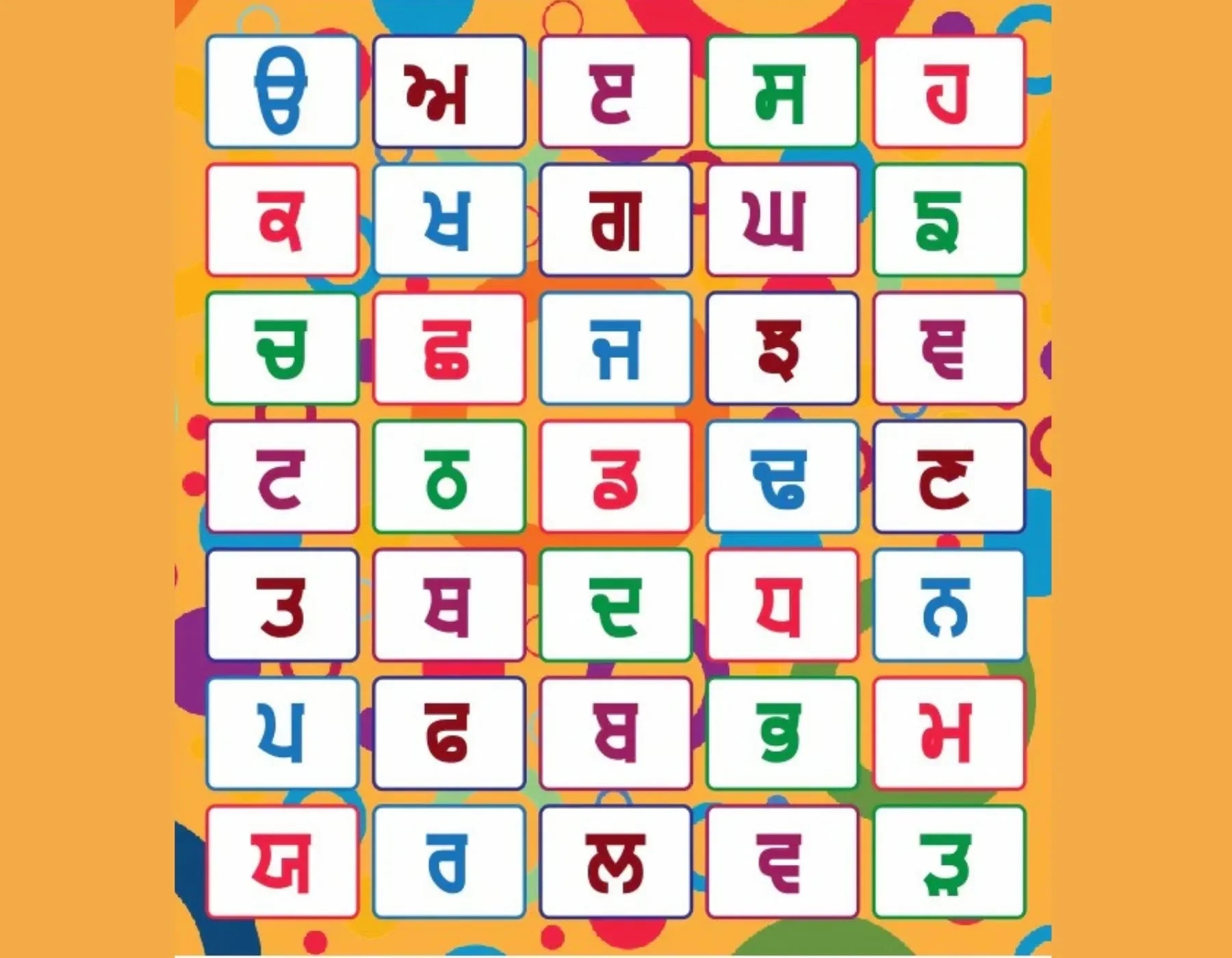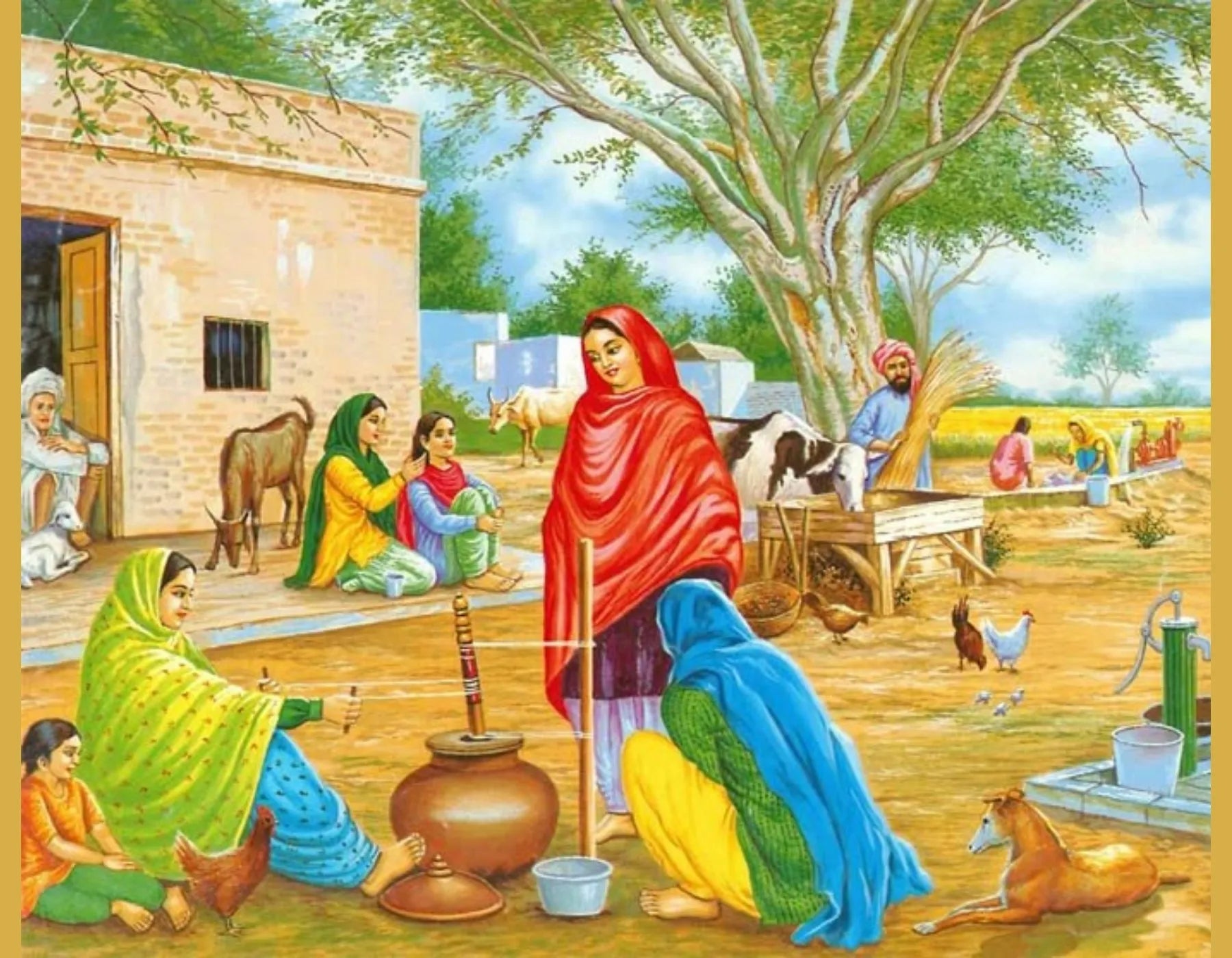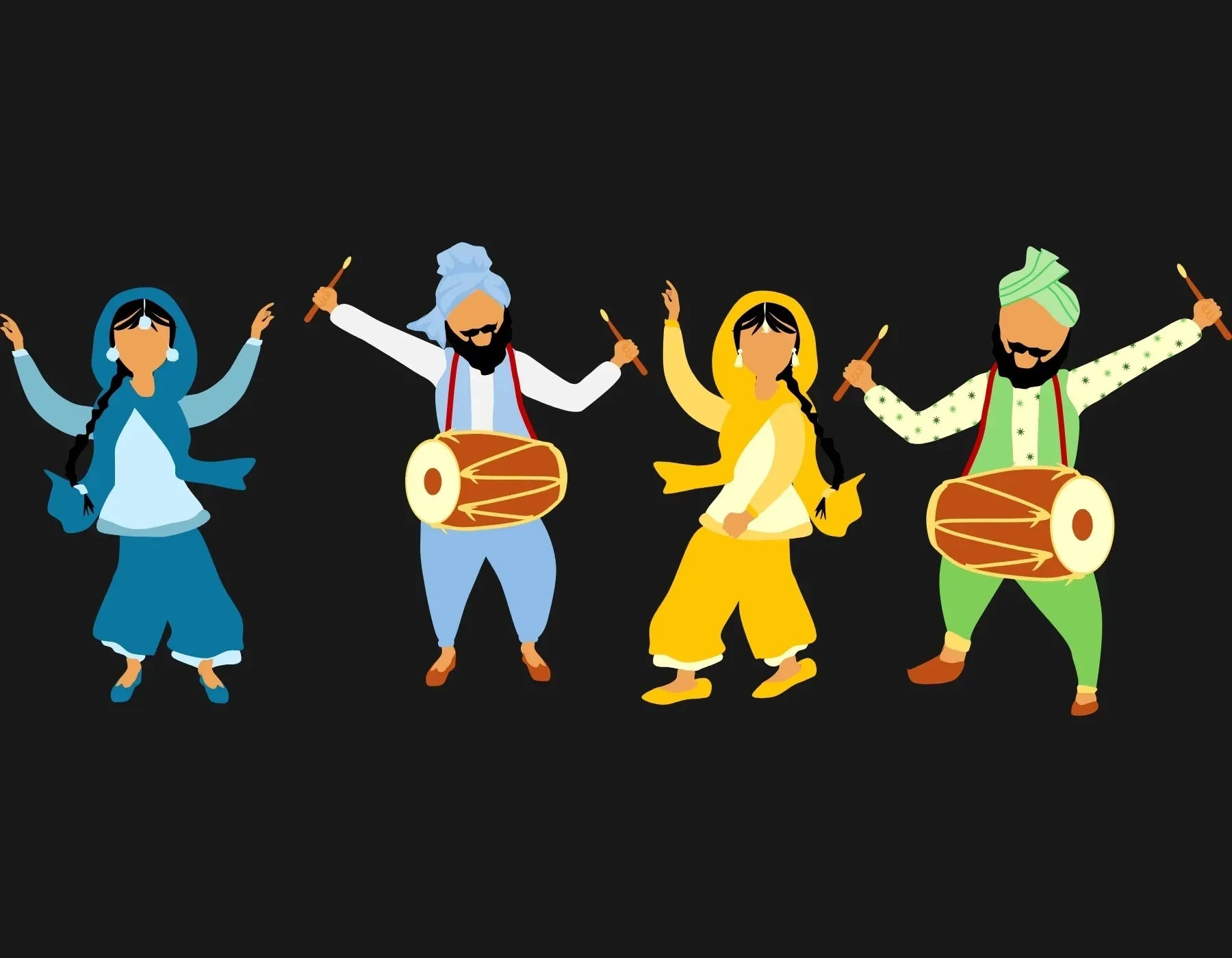
Why Punjabi Isn’t Just a Language—It’s a Legacy
The Cultural Powerhouse Behind Punjabi
Punjabi is far more than a spoken tongue—it is a living, breathing testament to centuries of heritage, resilience, and cultural splendor. Spoken by over 125 million people, Punjabi is the heartbeat of Punjab and a symbol of strength across the global diaspora. Its roots are planted deep within history, but its branches extend into music, literature, art, politics, and revolution. Punjabi is not just what we speak—it's how we remember, how we celebrate, and how we fight to preserve identity.
Historical Roots that Define the Language
The Punjabi language traces its lineage back to the Shauraseni Prakrit, an ancient Middle Indo-Aryan language, and evolved through Apabhraṃśa into what we now know as modern Punjabi. It is written in two scripts: Gurmukhi in India and Shahmukhi in Pakistan. These scripts are more than letters—they are sacred, poetic, and revolutionary tools that have preserved countless generations of thought and resistance.
Punjabi was the language of Maharaja Ranjit Singh's kingdom, the mighty Sikh Empire, the last bastion to fall to the British Raj. It’s the language of Guru Granth Sahib, the eternal Sikh scripture that continues to shape moral, spiritual, and cultural lives across the globe.

Punjabi as a Vessel of Identity and Resistance
Throughout history, Punjabi has stood as a beacon of rebellion and resilience. From the freedom fighters of the Ghadar Movement to poets like Faiz Ahmed Faiz, Punjabi voices have echoed against colonial rule, oppression, and injustice. This language carried the cry for azaadi (freedom), long before hashtags and trending topics.
It is the native tongue of revolutionaries like Shaheed Bhagat Singh, whose legacy lives on in every youth who dares to speak truth to power. The stories of valor from Udham Singh and Kartarpur Corridor's peace efforts are all immortalized in Punjabi lore and literature.
The Global Pulse of Punjabi
Punjabi has transcended borders. From Toronto to London, Melbourne to New York, the Punjabi language has carved its identity into city streets, music charts, film screens, and fashion runways. Punjabi music, especially, has revolutionized global pop culture. Artists like Diljit Dosanjh, AP Dhillon, and Sidhu Moosewala have elevated the language into the global mainstream, blending heritage with modern expression.
Bhangra beats now echo through global clubs, weddings, and even commercials—reminding the world that Punjabi is a legacy you can dance to.
The Literary Brilliance of Punjabi
Punjabi literature is not merely beautiful—it’s transformative. From Sufi poets like Baba Farid, Bulleh Shah, and Shah Hussain, to modern legends like Amrita Pritam, Pash, and Surjit Patar, Punjabi writers have shaped the way we understand love, pain, politics, and spirituality.
The Gurmukhi script brought eternal messages of the Gurus, written in melodic ragas, directly to the people. This democratization of wisdom made Punjabi not only accessible but sacred. The language is deeply tied to spirituality through Naam Simran (meditative remembrance) and Kirtan (devotional singing).
Punjabi in the Age of Digital Renaissance
Despite years of attempted erasure through colonial education systems and mainstream media, Punjabi is witnessing a renaissance online. With platforms like YouTube, TikTok, Spotify, and Instagram, Punjabi creators are reclaiming their narratives. Videos celebrating heritage, clothing, food, humor, and activism in Punjabi are garnering millions of views.
Content creators, influencers, and educators are using Punjabi to tell their stories authentically. They speak in their mother tongue with pride, weaving culture into every reel, post, and lyric.

Preserving Punjabi for Future Generations
Today, the battle is not only to speak Punjabi but to preserve and protect it. With the pressures of assimilation and globalization, Punjabi-speaking families are finding new ways to pass on the legacy.
Punjabi schools, digital learning platforms, and children's books are helping a new generation read, write, and dream in Punjabi. From bedtime stories to coding tutorials, efforts are being made to integrate Punjabi into every aspect of life.
The language of our ancestors must not become a relic. It must remain a bridge between our past and our future.
Punjabi Is Our Inheritance and Our Future
We carry Punjabi not just in our voices—but in our values. It is the language of hospitality, pride, courage, and community. When we speak Punjabi, we echo the strength of farmers, the poetry of saints, the strategy of kings, and the love of mothers.
To be Punjabi is to walk with history at your side—a legacy that feeds nations, shelters communities, sings songs of resistance, and still finds joy in a glass of lassi and a well-timed tumbi beat.
In a world that often tells us to let go of what makes us different, we hold Punjabi close—because it reminds us exactly who we are.


